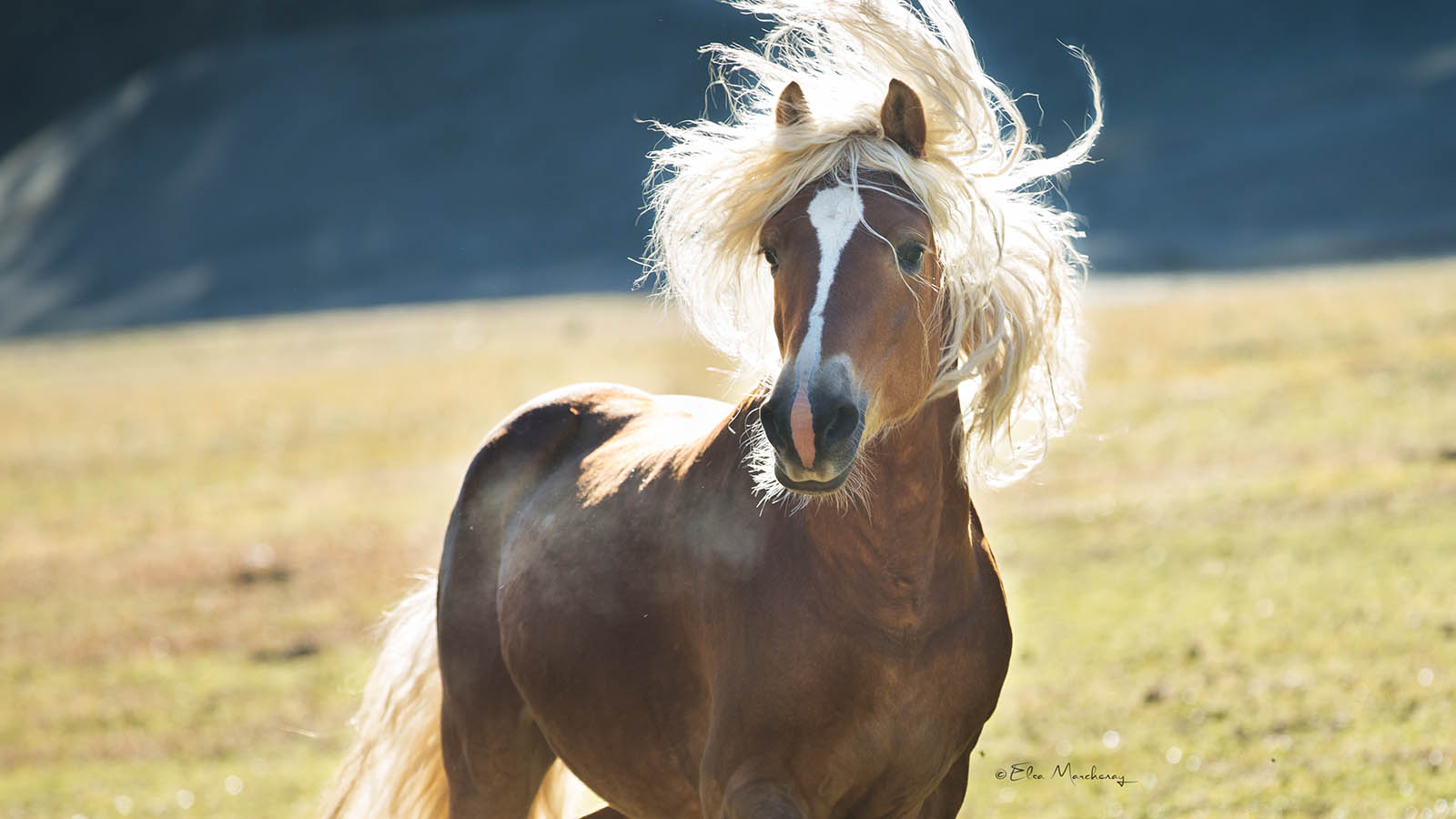Kentucky Equine Research is proud to debut an improved version of EO-3, its popular marine-derived omega-3 supplement, featuring a new flavour.

Kentucky Equine Research undertake many studies from their Performance Centre in Ocala, Florida. © Kentucky Equine Research
“EO-3 is one of our proven
products for athletic and
breeding horses.”

Omega-3 supplementation is of particular benefit to performance horses. © Kentucky Equine Research
From the research farm to your feed room, Kentucky Equine Research has applied its extensive study results to broaden the flavour appeal of its highly regarded EO-3 supplement.
The benefits of omega-3 supplementation include anti-inflammatory effects, as well as support of skin and coat health, and reproductive health for mares and stallions. Studies at the Kentucky Equine Research Performance Centre in Ocala, Florida, have also demonstrated changes to indicators of post-exercise recovery following supplementation with EO-3.
“EO-3 is one of our proven products for athletic and breeding horses,” explains Matthew T. Butler, vice-president of sales. “With a dedicated customer base worldwide, it’s a top product in the line.”
One factor that limited the use of EO-3, however, was its palatability. While many horses consumed it without objection, others were turned off by its odour and flavour, particularly after it had been stored for long periods of time. Therefore, the research team launched a series of studies to understand and improve its appeal to horses.
“We use emerging research, advances in ingredients and manufacturing techniques, and customer feedback to regularly improve our product line,” says research coordinator Ashlee Hauss, who led the studies. “We don’t take changes to popular, established products lightly, so we commit to extensive research before we offer an improved product.”
Over the course of several months, the team performed the studies using sustainably-produced menhaden fish oil refined through different methods, and trialling a variety of flavours at different levels of inclusion. These multiple stages resulted in a winning combination that was found to be four times as palatable to horses in the research herd.
The new EO-3 undergoes additional distillation, which removes specific compounds that can increase “fishy” odours over time and with exposure to heat without removing or altering the important beneficial fatty acids. The winning flavour, through multiple preference studies conducted at Kentucky Equine Research, is a mild apple with a slight minty essence.
If you’ve previously tried EO-3, or would like to use a marine-derived omega-3 but have a picky horse, try the new and improved EO-3.
“It’s quite exciting for us to see substantial time and effort in research come together to produce what we believe to be a truly improved version of a product that already performed well,” Ashlee Hauss says. “At Kentucky Equine Research, we always strive for ‘even better’.”
The team at Kentucky Equine Research is here to help! If you have any queries about your horse’s diet, how omega 3 fatty acids may benefit your horse, or KER EO-3, please contact Kentucky Equine Research’s FREE Nutrition Consultation Service on 1800 772 198 or email advice@ker.com

Horses fed cereal grains or premixed concentrate feeds often end up with an omega-3 and omega-6 imbalance, and therefore benefit from supplementation. © Stunning Steeds Photo

Palatability has limited the use of EO-3 for some horses, however through extensive research KER has formulated a way to make it more appealing.

The new and improved KER EO-3.
UNDERSTANDING OMEGAS
• Omega-3 and omega-6 fatty acids must be balanced within the body in order for both to be effective.
• There are three main forms of omega-3s: alpha-linolenic acid (ALA), eicosapentaenoic acid (EPA), and docosahexaenoic acid (DHA). The body converts ALA into EPA and DHA, but this process is inefficient in mammals. Therefore, finding a good source of dietary EPA and DHA is preferable.
• ALA is commonly found in via plant sources, while fish oil is a direct source of EPA and DHA.
• Horses’ diets consisting of a mixture of forage and cereal grains or premixed concentrate feeds are likely to consumes fewer omega-3 fatty acids and more omega 6 fatty acids compared to horses on a natural forage diet — this can lead to an imbalance.
• Omega-3 supplementation can have an anti-inflammatory effect, aid post-exercise recovery of performance horses, support skin and coat health, and assist with reproductive health for mares and stallions.
• Some research suggests Omega-3 supplementation can also aid the management of horses with chronic lower airway disease, and reduce the severity of horses prone to exercise-induced pulmonary haemorrhaging.
• KER EO-3 contains more long chain fatty acids (EPA and DHA) compared to other commonly fed omega 3 supplements. EQ




